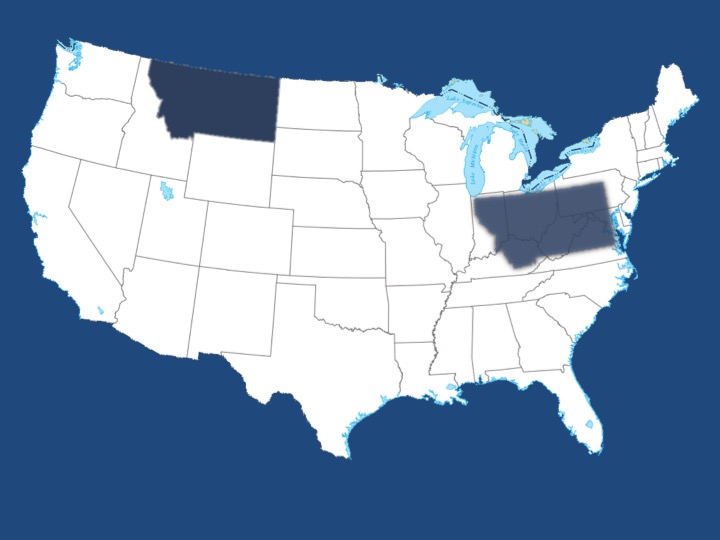CRRE Overview
Download the CRRE Overview PDF
Montana State University
Center for Research on Rural Education
http://www.montana.edu/crre/index.html

- Montana is the 4th largest state; population density is 48th in the US
- 42 of 56 counties less than 5 people/square mile
- 96% of our public school districts are classified as “small rural”
- “no state has a higher percentage of rural schools or small rural districts” (Showalter, et al., 2017, p. 138)
- 819 schools in MT
- Only 51 have more than 500 students
- More than 50% have fewer than 100 students
- 92 schools have only one teacher
- 65 schools are considered “one room school houses”
- Last year, 83% of teacher vacancies were in rural schools

Supporting the Vitality of Montana's Rural Schools and Communities
through Rural Education Innovation & Research
1. Preparing PK-12 Teachers for Rural Contexts
- Current IES application pending for the National Center for Research Partnerships in Rural Education


Rural Colloquium Series
- Bringing together MSU’s pre-service teachers and MT’s K-12 rural administrators
2. Providing STEM Professional Development for Rural Teachers


3. Supporting Rural Community Workforce Development
- Nationally, 17% of the rural population lives in poverty (compared with 13% of the urban population) and 25.2% of rural children live in poverty (compared to 21.1% of urban children)
- “The schoolhouse is a physical symbol of a community’s belief in their future” (Rogers, 2016)

4. Impacting International Rural Education

International Symposium for Innovation in Rural Education 2018
http://www.montana.edu/crre/isfire2018/index.html
Rural Education International Research Alliance (REIRA)
Building an international research alliance focused on improving the learning and
wellbeing of rural
students, their teachers, and school communities -– members from: Australia, USA,
Scotland, Norway,
Canada.
- Connecting international researchers to a range of research support, other researchers and associations dedicated to rural education
- Building an international evidence base to best inform and enable future policy and practice to meet the needs of all rural students, their families, and communities
